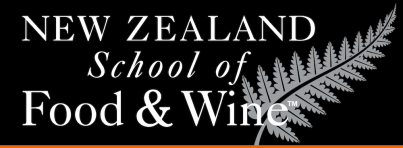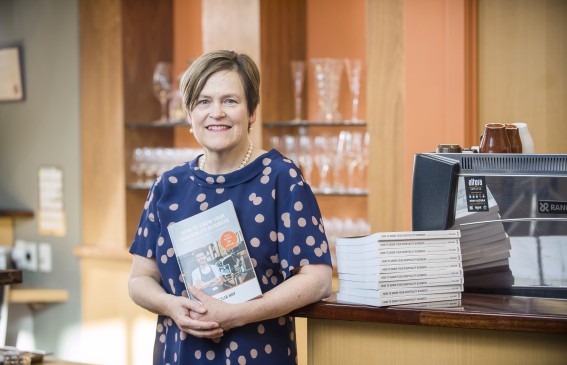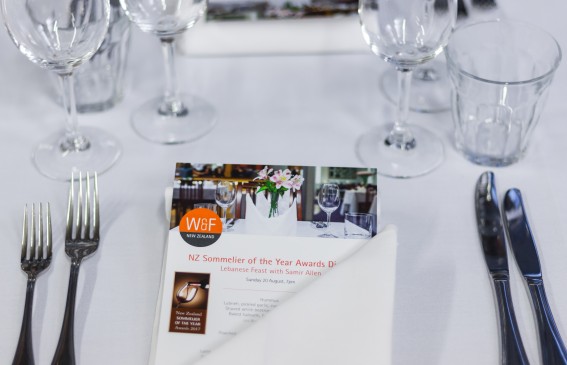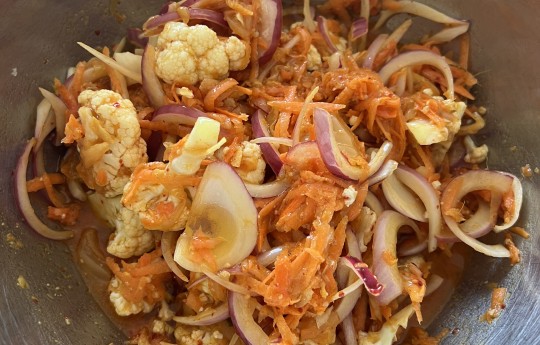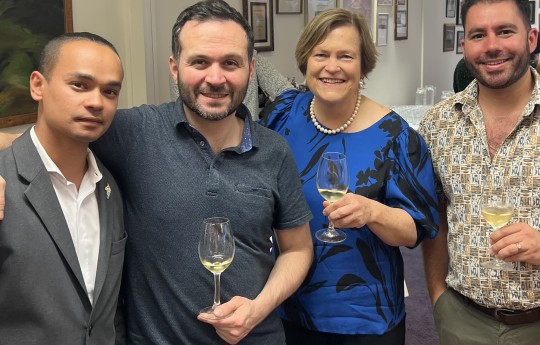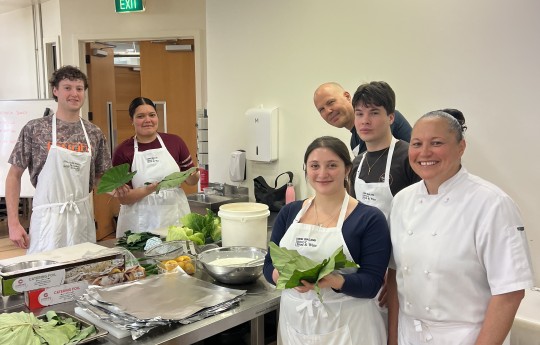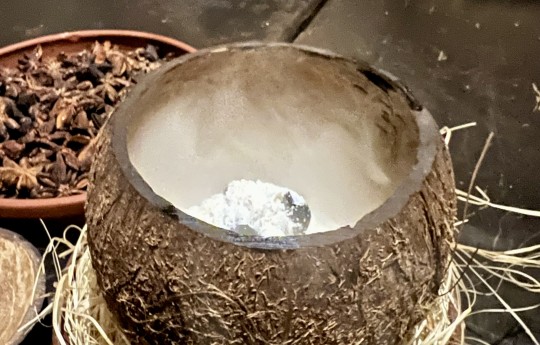Dumont d'Urville tastes New Zealand Wine 1840
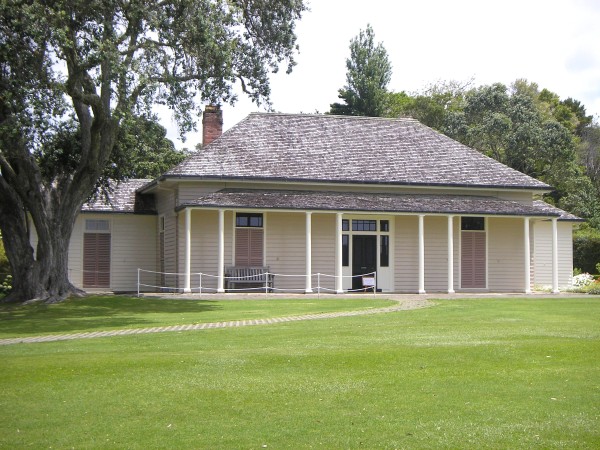
Busby's residence Treaty House, Waitangi (Wikimedia Commons)
James Busby, was appointed as British Resident in the Bay of Islands. Sailing from Sydney, he built a house and established a garden at Waitangi. Today we know this as the Treaty House, where Te Tiriti o Waitangi was signed on February 6, 1840.
In the garden, Busby planted fruit trees and vegetables and also grape vines. As a young man he had travelled to wine regions in France and Spain and collected grape cuttings which he brought to New South Wales when he emigrated there.
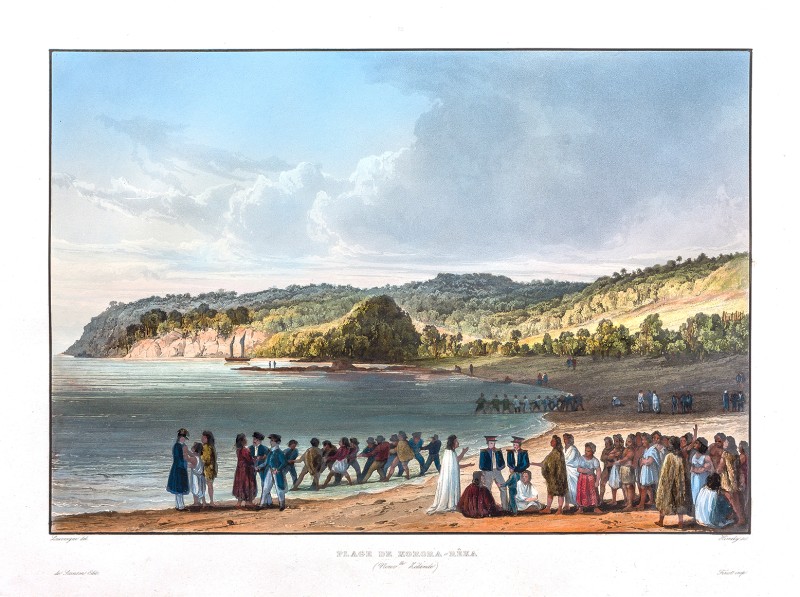
Barthélemy Lauvergne. Plage de Korora-Rêka (Nouv’lle Zélande), 1835. Hand-coloured engraving on Engraved by Sigismond Himely., Public domain, via Wikimedia Commons
There is no accurate record of the grapes that Busby planted in New Zealand. His cuttings were growing at the Sydney Botanic Gardens and he would request plants to be dispatched at various times to the Bay of Islands. In Sydney, the cuttings included Cabernet Sauvignon, Malbec, Merlot, Pineau Noir, Pinot Gris (Tokai), Chaudeney, Muscat, Shiraz…and more and form the foundation of the Australian wine industry.
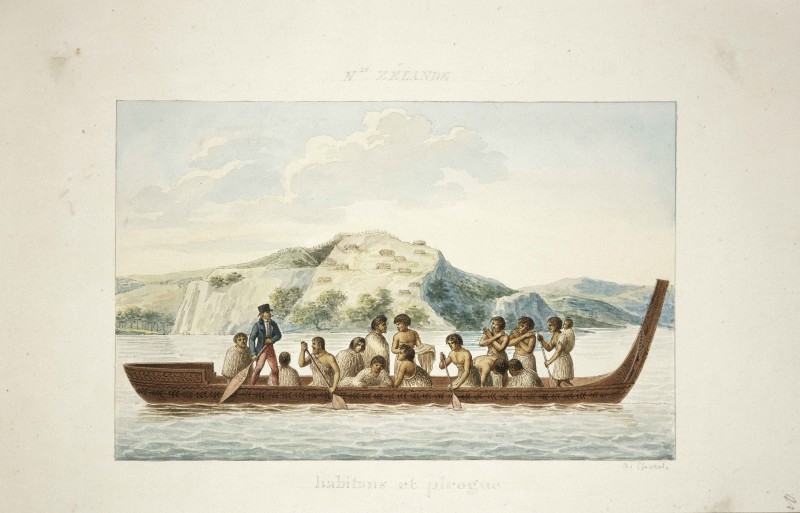
In April 1840, a few weeks after Te Tiriti had been signed at Waitangi, the French Explorer, Dumont d'Urville sailed into the Bay of Islands for the 3rd time. He had visited on the Corvette Coquille in 1824, again on the Astrolabe in 1827. The painting above dates from 1824 and shows a waka greeting the French Corvette Coquille and lead by Rangatira Tuai who visited London in 1819.[1]
In 1840, d'Urville drank a glass of Busby's wine
While walking through Mr. Busby's property, I noticed a trellis, on which several vines of a large vine were twined: I asked Mr. Flint [as Mr Busby was away in Sydney] if the vine had produced fruit in this climate, and... I learned, with surprise, that people had already tried to make wine with grape products from New Zealand.
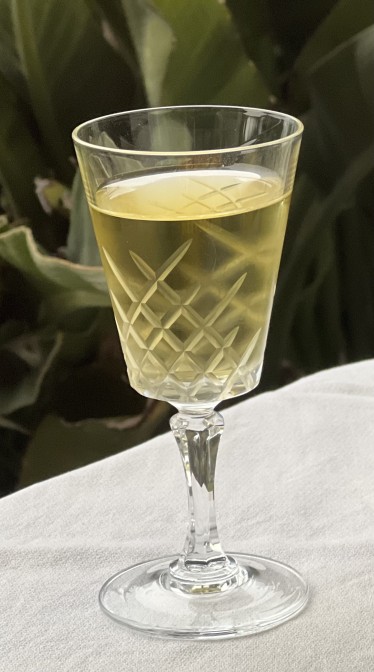
Arriving at his house, Mr. Flint offered me a glass of Port wine; I refused, but I accepted with pleasure to taste the product of the vineyard that I had just seen;
I was served a small, light white wine, full of fire, which I found had an excellent taste, and which I drank with pleasure. From this sample, I have no doubt that the cultivation of vines will expand greatly on the sandy hillsides of these islands, and soon, perhaps, the wine of New Zealand will be exported to the English possessions (colonies) in India. [2]
Dumont d’Urville is not a well-known figure in New Zealand today.
Sailors may recognise his name in Durville Island, located in the Marlborough Sounds, where they converge with Cook Strait. D’Urville also named the treacherous French Pass, which runs between Durville Island and the mainland, a very difficult channel that his ship sailed through. D’Urville also named nearby Croisilles Harbour (after his mother’s family). After his wife, he named Adele Island, now a celebrated stopover in Abel Tasman National Park, Pepin Island and the also Adélie penguin (Pygoscelis adeliae) in Antarctica.
Read my blog on Dumont d'Urville here.
Celia Hay
February 6 2025
End Notes
[1] Lejeune, Jules Louis, fl 1804-1851 :N[ouvel]le Zelande. Habitans et pirogue. N[umer]o 45. [Copied 1825 or 1826 by Antoine Chazal from an 1824 drawing by Jules Louis LeJeune]. Chazal, Antoine, 1793-1854 :[Watercolours, proof engravings and aquatints by Antoine Chazal and others after drawings by Jules LeJeune and others for Duperrey's Voyage autour du monde ... Paris, 1822-1825]. Ref: C-082-098. Alexander Turnbull Library, Wellington, New Zealand. /records/23252836
[2] The quotation has been translated from the history of the Voyage of Dumont d’Urville, Jacquinot Histoire du Voyage Vol IX. p194 In 1833, https://www.biodiversitylibrary.org/item/133647#page/201/mode/1up
Biodiversity Heritage Library (BHL) operates as a worldwide consortium of natural history, botanical, research, and national libraries working together to digitize the natural history literature held in their collections and make it freely available for open access as part of a global "biodiversity community."
Stewart, Keith (2010) Chancers and visionaries : a history of New Zealand, Godwit, Auckland,
